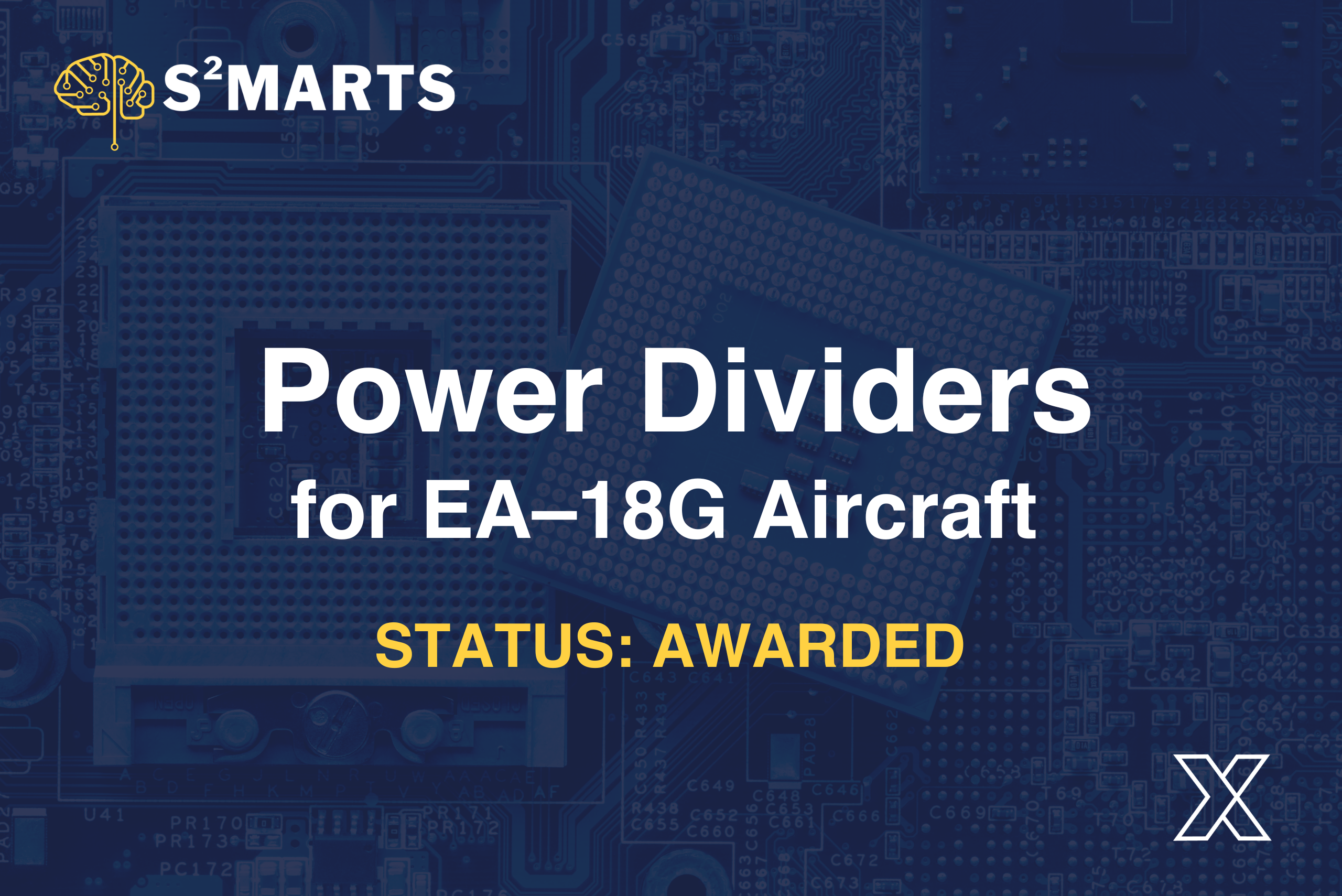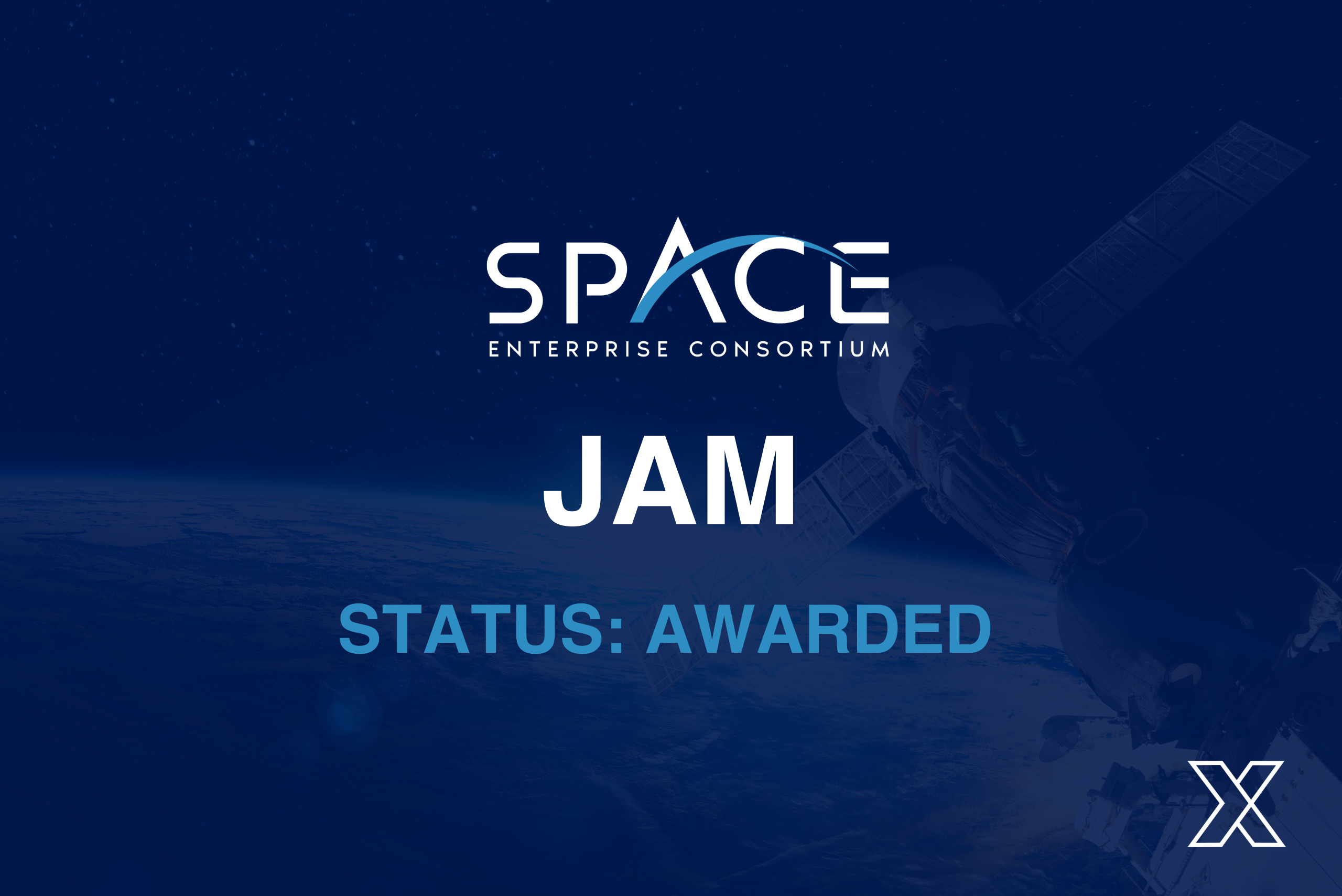Are OTAs the Future? With Joint Support from Government and Industry, They Can Be.
February 3, 2022

In a full-force effort to keep pace with the speed of military modernization and as an answer to initiatives like China’s Military-Civil Fusion Strategy, the Department of Defense (DoD) is seeking new ways to quickly identify critical emerging technologies and place them on contract. This realignment of DoD priorities has likely driven the 712% surge in Other Transaction Authorities’ (OTAs) funding obligations since 2015.
OTAs offer an alternative to the lengthier contracting process governed by the Federal Acquisition Regulations (FAR) by removing onerous requirements that small businesses advancing dual-use technologies have trouble fulfilling. Thus, OTAs are uniquely situated to speed acquisitions and expand the Defense Industrial Base (DIB), two key DoD objectives.
The DoD’s Office of the Inspector General has already outlined some common-sense recommendations for improving OTA utilization in its 2021 audit, including measures to tighten security screening and ensure healthy competition within industry. In particular, the audit noted that, due to deficient reporting, “DoD officials do not have access to important information associated with OTs awarded through consortiums, such as which contractor received the OT award and the specific costs associated with funded OT projects.” Here, “consortiums” refers to Consortia Management Firms (CMFs) that are contracted to maintain a pool of industry performers and manage the solicitation process on behalf of the federal government.
In addition to basic information on OTA awards, contracting officers would also benefit from collecting performance and project success metrics like new entrants to the DIB, speed to award, or novelty of solutions submitted. This enhanced visibility will empower contracting officers and Congressional representatives to demonstrate returns on the risks associated with OTA contracting. To properly capitalize on the national security benefits of OTAs, the DoD and its industry partners must also meet in the middle on issues such as risk assessment, contract specifications, and mutual transparency.
Where Objectives Meet Requirements
Since requirement-heavy contract terms run the risk of excluding large portions of the DoD’s target commercial market, offices leveraging OTAs must draw a careful distinction between objectives and requirements. Contrary to DoD’s repeated calls for new entrants to the DIB, projects too often include Facility Clearance Levels (FCLs), cost structures, or proposal evaluation criteria that either confuse or serve as superfluous barriers to entry for those same companies. Subcomponents of a larger program may require a higher FCL, but outside those efforts, contract language should be tailored to mitigate any unwarranted deterrents to proposal submission.
Take the decision between Firm, Fixed-Price (FFP) and Cost-Plus-Fixed-Fee (CPFF) pricing models, for example. Senior leadership at larger, often-more-experienced firms may view FFP as too risky to justify a bid due to its lack of guaranteed profit. Conversely, smaller companies typically do not have robust accounting systems to help meet potential auditing requirements expected for a CPFF contract. The government can open the door to higher-quality submissions from more diverse performers by indicating their preferred pricing model while allowing bidders to self-select into whichever best suits their go-to-market strategy. Similarly, segmenting out larger programs into smaller efforts with compartmentalized requirements will include more potential competitors for each phase.
Maintaining the U.S.’s competitive military edge requires mold-breaking solutions. To buck existing dependencies that crowd out such advancements, DoD should disaggregate technical objectives and evaluation criteria wherever possible. While the Department may be concerned with wasting time soliciting and vetting solutions that fail to tesselate with its existing platforms, conflating objectives with requirements unnecessarily constrains innovation. Both government and industry would benefit from solicitation language that outlines technical mission objectives, desired outcomes, and existing dependencies while clearly distinguishing them from non-negotiable evaluation criteria. This approach simultaneously acknowledges potential benefits to the government from integrating with legacy systems and leaves the door open to industry’s outside-the-box solutions. Additionally, holding fewer strict requirements has the potential to speed awards and mitigate oversight risk by shortening the time legal counsel must spend ensuring each submission’s compliance.
No doubt this approach will face headwinds from local economies and cottage industries that rely on extending the lifecycle of those legacy systems, as well as program offices that are reticent to move on from long relationships with their trusted partners. Although this may prove challenging, the U.S. simply cannot win the 21st century technology race while clinging to sclerotic supplier networks for the sake of political expediency.
How We Win With OTAs
The strength of the U.S.’s market-driven system is built upon the premise that productive innovation is best delivered by a diversity of competing approaches towards shared problems. When the DoD clearly and transparently identifies the problem, it unleashes those productive forces to creatively solve important national security objectives. Prescribing traditional thinking through a requirements-based approach, however, will continue to yield predictably traditional solutions. The defense industrial base has proven it can fulfill a set of requirements if given sufficient time and resources, but the DoD will receive more novel solutions if they spend more time in open-forum discovery with industry around objectives as opposed to codifying their own vision of how emerging technologies can address them.
To help ease the transition away from requirements-based contracting and towards problem curation, CMFs can draft Requests for Information (RFIs) and host design sprints around a specific problem set. This allows the government to identify surprising new solutions then begin thinking about whether to include any hard-and-fast technical requirements in the final prototype request.
Building Trust
If industry and DoD mutually commit to transparency and its safeguards, they will create the necessary trust to achieve deep commercial-military integration. When industry is kept in the dark about problem identification then blindsided by 4-week proposal timelines, performers no longer feel they are “contracting on commercial terms” as is often advertised, forcing otherwise-competitive companies to disqualify themselves. Early and open discovery around problem statements will ensure that short timelines don’t favor larger, typically traditional firms with the relationship networks and operating scale to compete under those terms. If DoD wants to see a group of small, fresh-to-the-DIB firms team together to tackle a pressing national security issue, it will need to provide ample time for them to vet one another, build trust, and collaborate effectively—something that is simply unrealistic to expect under current constraints.
Moreover, while there is round agreement on the importance of intellectual property protection and data rights, asking industry to bear their most precious trade secrets before a team of DoD engineers asking probing questions can have a chilling effect on their willingness to share. Companies are reticent to divulge such information when the IP in question is worth more than the value of any individual contract, and those same engineers may soon exit the government to work for a competitor company. Clearer commitments to IP protection can help mitigate this discomfort.
Finally, DoD and industry must pay more attention to their bilateral communication. CMFs play a valuable role as intermediaries, but for the OTA ecosystem to continue to improve, they need more and more sobering feedback about the current barriers to participation and openness. There is tremendous diversity in approaches to managing OTAs, as evidenced in the IG’s audit, but its recommendation to standardize those relationships is misguided in that it mirrors the same top-down, color-by-numbers approach constraining innovation in prototyping. Each actor in this ecosystem has its own obligations if they want to see incentives align and best practices materialize organically, but prescribing a singular approach is as counterproductive as demanding that Raytheon and Metamagnetics have the same pricing model.
Keep OTAs Moving Forward
Broadly, OTAs run the risk of backsliding into the familiar, conservative approach to acquisitions that they were codified to break from. Opaque, risk-averse program offices cannot claim to want novel solutions while requiring an extensive list of technical specifications and will have to offer greater transparency in order to solicit them. CMFs must do everything they can to equip DoD with the insight it needs to continually adapt its approach to identifiable process gaps, and industry must be responsive to changes and offer continual, honest feedback to build upon those changes for greater alignment. By realizing these commitments, the “fail-fast” approach required for 21st century great power competition can become more than a distant goal.
Want to get involved? Learn more about the NSTXL Network and join below!





